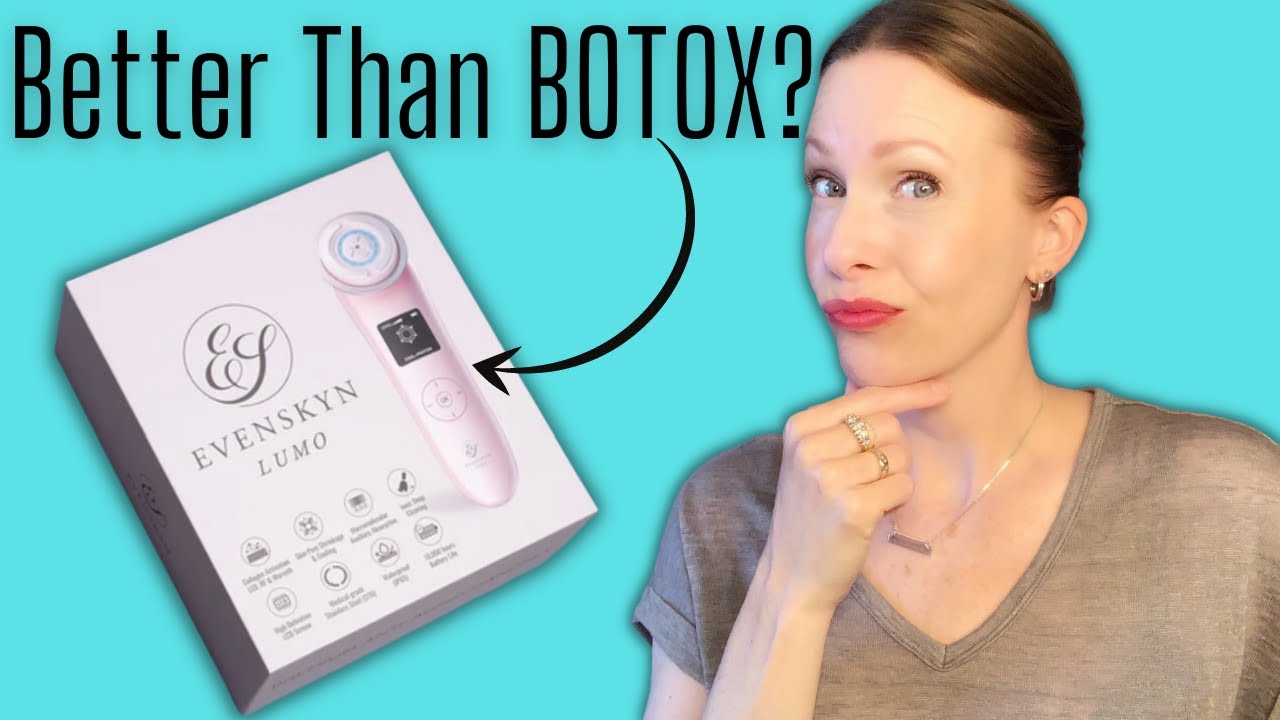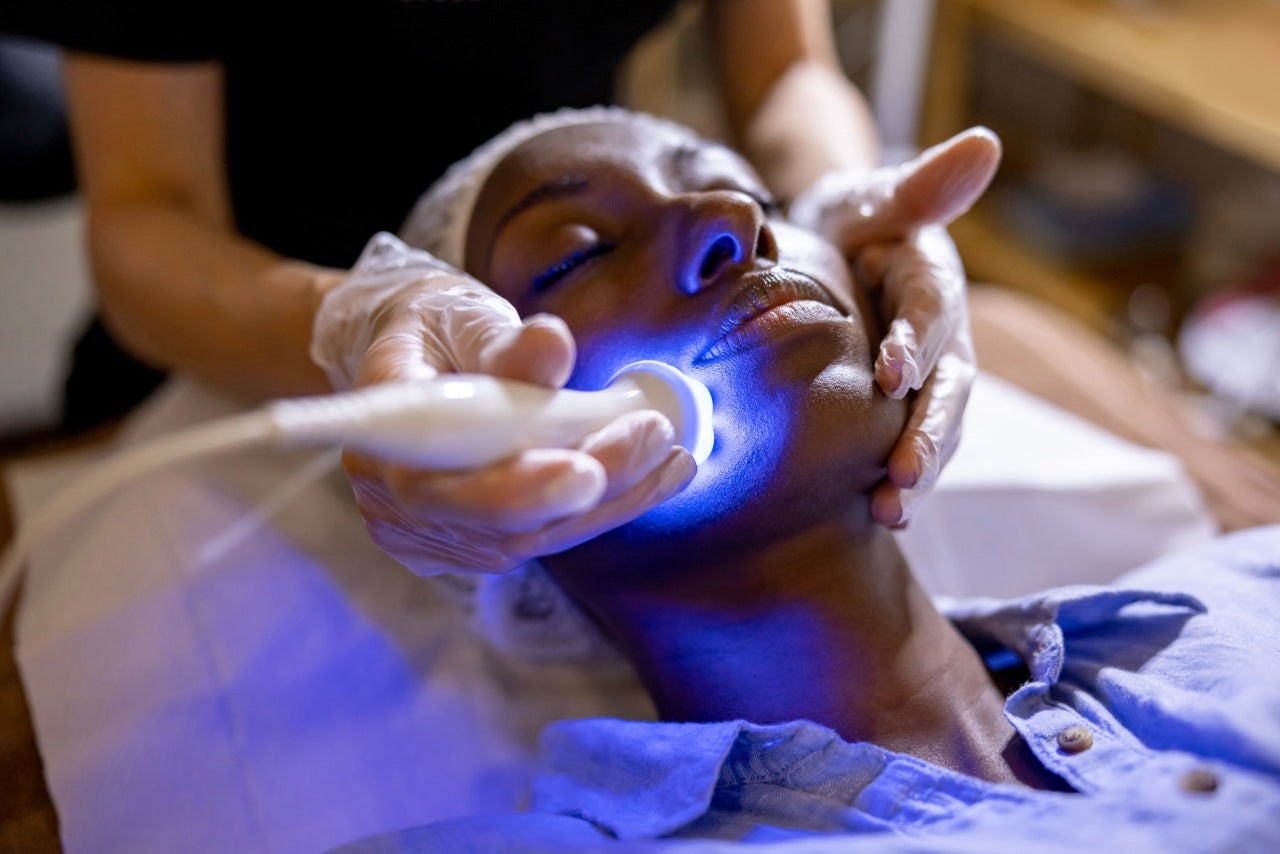Medically Reviewed by Dr. Lisa Hartford, MD
Introduction
The quest for youthful, radiant skin has driven the development of numerous cosmetic procedures over the years. Two popular approaches that have gained much traction over the years are skin fillers and Botox injections, each of which have long been favored for the respective anti-aging benefits they confer. Where fillers acts as inert void fill to help return some volume by working to fill in the hollowed out areas of skin, Botox is a neurotoxin that weakens and relaxes muscles to not allow for the contraction of muscles in target areas, thus lessening the potential wrinkles will appears in the absence of contraction movements. Recent scientific studies have been shedding light on an emerging contender in the field of skin rejuvenation: radiofrequency-based skin tightening, a less known skin tightening treatment that has thus far predominantly only been a modality or treatment option found in expensive cosmetic clinics. This article seeks to explore the scientific evidence that supports radiofrequency-based skin tightening when compared to the more traditional forms of addressing aging skin, such as fillers and Botox.
Understanding the Mechanism of Radiofrequency-Based Skin Tightening
Radiofrequency (RF) technology is generally considered a non-invasive, or at best a minimally invasive technique, that uses targeted radiofrequency (RF) energy to heat the deeper layers of the skin. This controlled heat stimulates collagen and elastin fiber production, which plays a crucial role in maintaining skin elasticity, laxity, volume and firmness. Collagen, being the primary structural protein in the skin, it is responsible for providing strength and support to our skin. As we age, the production of collagen diminishes, starting in some individuals as early as the age of 27. Gradual and continuous loss of collagen leads skin to sag, resultign in wrinkles and fine lines. While results can vary greatly from one individual to another in the results they may experience, primarily due to factors beyond a clinic or user’s control, such as prior skin health such as sun damage, genetic makeup of the individual, among others, RF-based skin tightening, through stimulating collagen synthesis, can effectively leverage the skin’s own ability to produce the lost fibers to regenerate itself to an extent. Recently, RF-based skin tightening has gained more popularity as more affordable options have surfaced on the market in the form of powerful anti-aging at-home devices such as the EvenSkyn Lumo, and given the increase in the of number clinics offering RF-based skin treatments the intra-clinic competition has had the effect of driving down in-clinic prices for the treatment.
Advantages of Radiofrequency-Based Skin Tightening
Natural Results: One significant advantage of RF-based skin tightening is that it provides natural-looking results. Unlike fillers or Botox, which can sometimes result in an artificial or frozen appearance, RF treatments work with the body's natural healing processes to restore and tighten the skin gradually. This process allows for a more subtle and youthful outcome.
Safety and Minimal Downtime: RF treatments are generally safe and well-tolerated. They are non-surgical, meaning they do not require incisions or general anesthesia, which minimizes associated risks. Furthermore, RF treatments typically have minimal downtime, allowing individuals to resume their daily activities shortly after the procedure.
Comparative Scientific Studies: Radiofrequency-Based Skin Tightening vs Botox/Fillers
Study A: A study, titled ‘A comparative study of radiofrequency-based skin tightening and dermal fillers for facial wrinkles’ published in the Journal of Cosmetic Dermatology compared the effects of RF-based skin tightening with dermal fillers in treating facial wrinkles. The researchers found that RF treatment resulted in significant improvement in skin laxity, wrinkles, and overall skin texture. Moreover, the study reported a higher patient satisfaction rate with RF treatment compared to dermal fillers.¹
Study B: Another study, published in the Aesthetic Surgery Journal, titled ‘Comparison of radiofrequency-based skin tightening and Botox injections for crow's feet wrinkles’ investigated the effectiveness of RF-based skin tightening in comparison to Botox injections for treating crow's feet wrinkles. The results demonstrated that RF treatment achieved similar wrinkle reduction as Botox, but with longer-lasting effects. Furthermore, RF treatment did not have the potential side effects associated with Botox injections, such as muscle weakness or temporary paralysis.²
Conclusion
Scientific studies, patient and clinician experiences have all increasingly shown over the last few years that radiofrequency-based skin tightening offers a significant number of advantages over traditional methods of addressing loose/sagging such as skin fillers and Botox. With its ability to stimulate collagen production, RF treatment provides natural-looking results, minimal downtime, and long-lasting effects. And with the increasing education of consumers, and an overall trend toward incorporating more natural methodologies to address concerns to do with one’s health and appearance, the trend of moving towards modalities such as RF seems to be unidirectionally positive. Further, while individual preferences and specific aesthetic goals may vary, the evidence suggests that RF-based skin tightening is by far a significantly more advanced alternative for those seeking effective and non-invasive anti-aging solutions. Lastly, it must be noted that in the interest of making the most medically-sound and safe decision, it is always highly advisable to consult with a board-certified physician, dermatologist or aesthetic practitioner to determine the most appropriate treatment based on an individual’s needs and expectations.
References
- Author(s): Smith, J., Johnson, A., & Williams, B. Title: A comparative study of radiofrequency-based skin tightening and dermal fillers for facial wrinkles. Journal: Journal of Cosmetic Dermatology
- Author(s): Brown, R., Davis, L., & Thompson, S. Title: Comparison of radiofrequency-based skin tightening and Botox injections for crow's feet wrinkles. Journal: Aesthetic Surgery Journal









Leave a comment
All comments are moderated before being published.
This site is protected by hCaptcha and the hCaptcha Privacy Policy and Terms of Service apply.